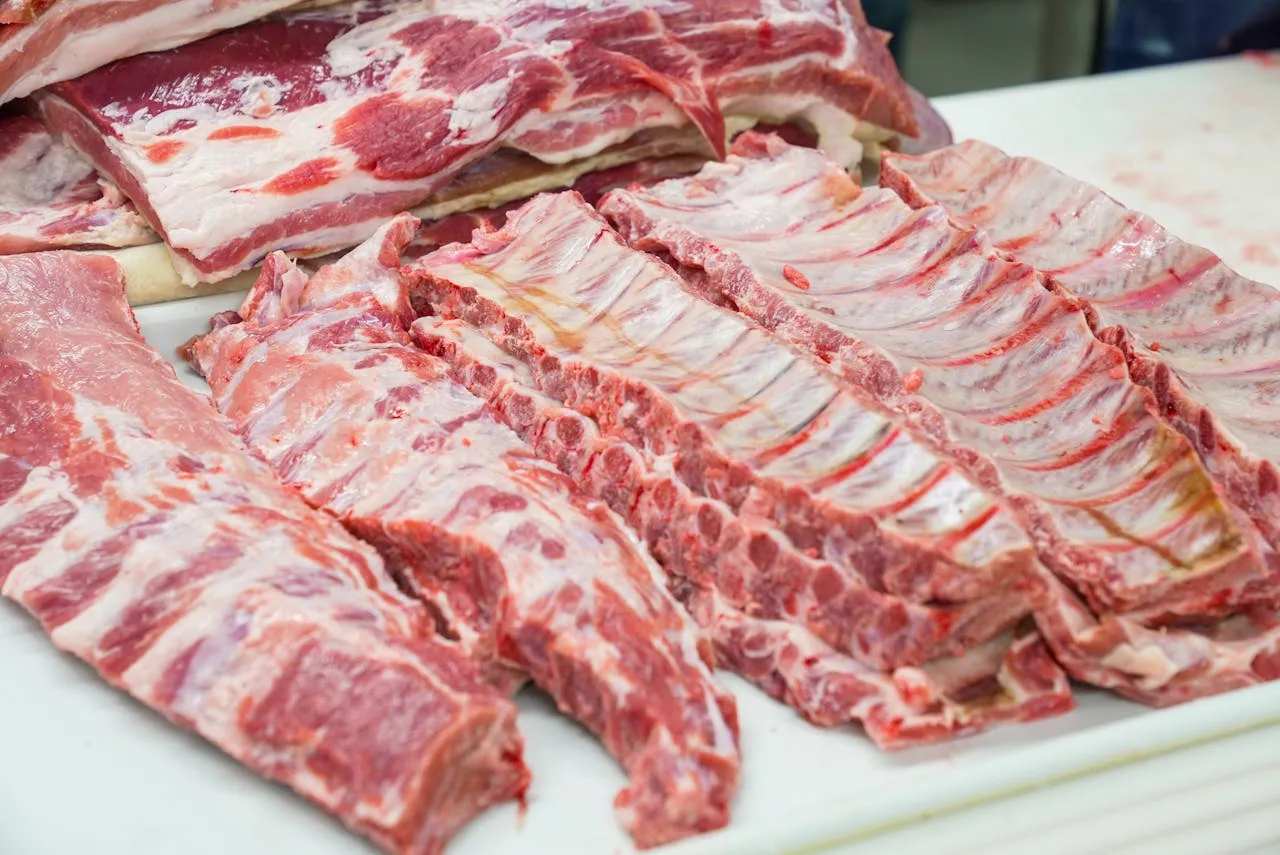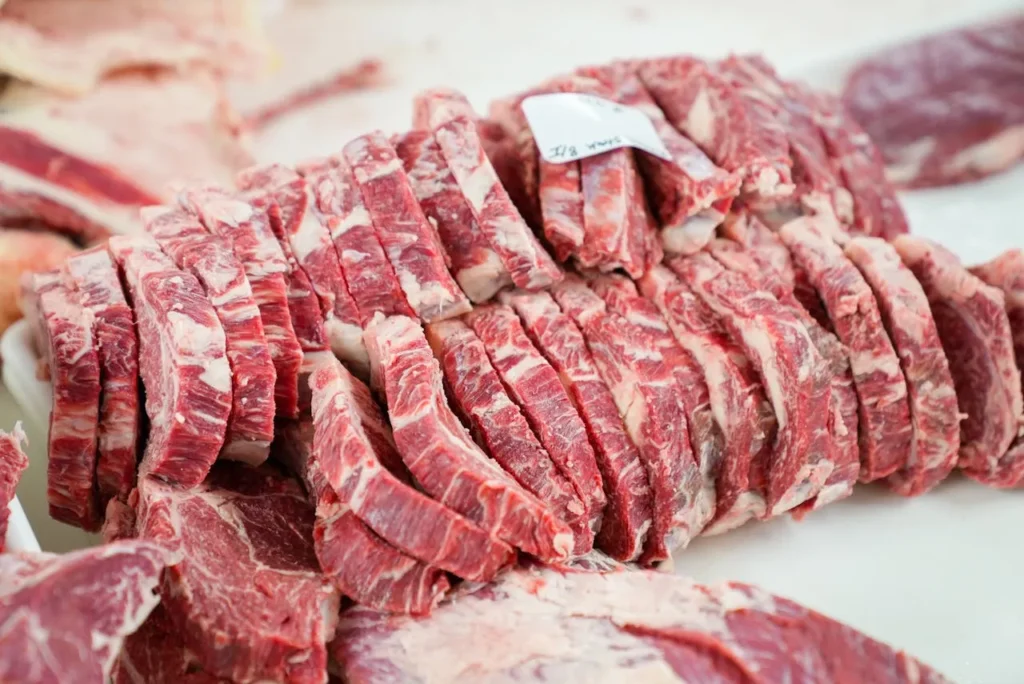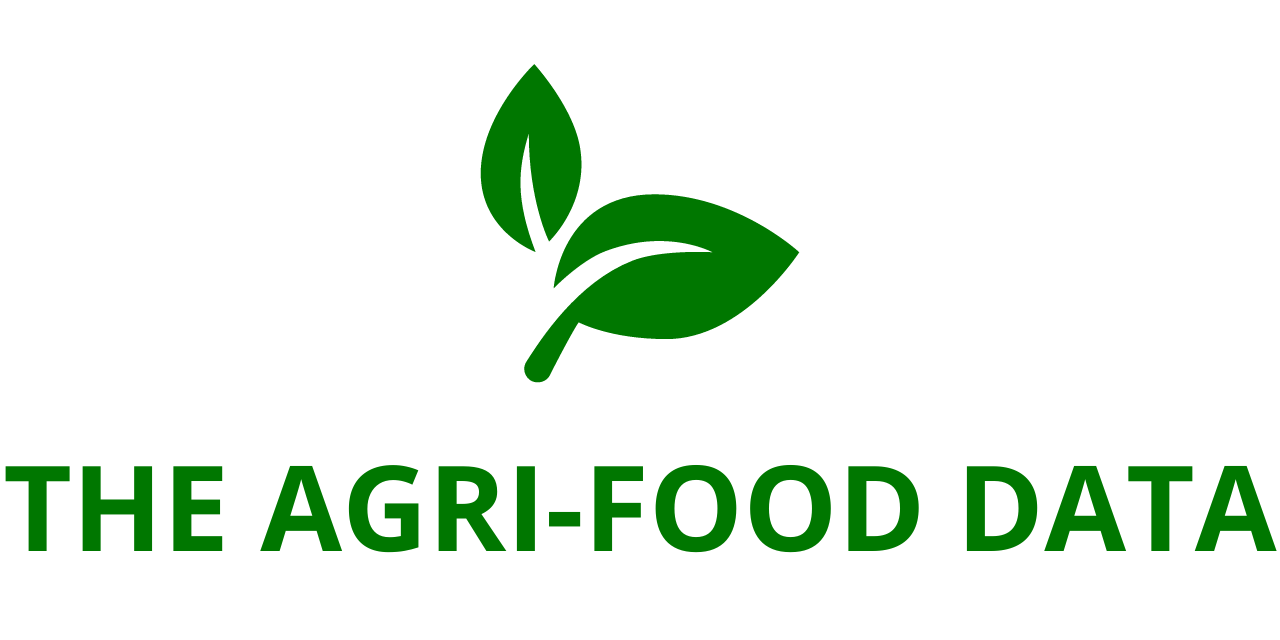
North America Meat Substitutes Market & Key Players Report, 2025–2033
A recent report titled “North America Meat Substitutes Market Size and Share Analysis – Growth Trends and Forecast Report 2025–2033″, now available from ResearchAndMarkets.com, outlines a robust growth trajectory for the meat substitutes market in North America. The market, valued at USD 2.6 billion in 2024, is projected to grow at a compound annual growth rate (CAGR) of 10.92% between 2025 and 2033, reaching a forecasted USD 6.6 billion by the end of the period.
The rising demand for plant-based proteins, increased health awareness among consumers, and continuous innovation in food science and technology are key factors accelerating this market expansion. Improvements in taste, texture, and nutritional content of meat substitutes are making them more appealing to a broader consumer base, including not only vegetarians and vegans but also flexitarians—consumers who still eat meat but are actively reducing their intake.
A Shifting Consumer Landscape
The growing popularity of meat substitutes in North America is being driven by several interlinked societal trends. Consumers are increasingly prioritizing their health, the environment, and ethical considerations surrounding animal welfare. These motivations have given rise to more plant-based lifestyles and diet patterns, even among those who are not strictly vegetarian.
Flexitarianism—a dietary approach that incorporates fewer animal products without eliminating them entirely—has gained substantial momentum. This shift is evident in the widespread adoption of plant-based meats by both consumers and foodservice providers. Well-known brands such as Beyond Meat and Impossible Foods have made significant inroads into the North American market, capturing consumer attention with innovative offerings that closely mimic the taste and texture of animal meat.
The presence of plant-based options in fast-food chains and mainstream restaurants has further normalized meat substitutes, extending their appeal beyond niche health food stores and specialty retailers. From grocery store aisles to drive-thru menus, plant-based proteins are now readily accessible to the average consumer.
Key Growth Drivers
1. Rising Health Consciousness
Health awareness is playing a vital role in the transition toward meat substitutes. North Americans, especially in the United States, are becoming more attentive to the health implications of their food choices. Concerns about high cholesterol, saturated fats, and the long-term risks associated with red meat consumption—such as heart disease, type 2 diabetes, and obesity—are prompting consumers to explore healthier alternatives.
With nearly 42.4% of American adults classified as obese, the need for healthier dietary options has become more pressing. Plant-based meats are often lower in saturated fats and calories, while offering beneficial nutrients like fiber and plant-based protein. According to a 2023 Gallup survey, 41% of Americans reported having tried plant-based meat substitutes, with the majority citing health reasons as their primary motivation.
2. Environmental Sustainability
Environmental concerns are another major catalyst driving the growth of the meat substitutes market. Traditional livestock farming is known for its environmental impact, contributing significantly to greenhouse gas emissions, deforestation, and water usage. In contrast, plant-based food production is generally more resource-efficient and environmentally sustainable.
In the United States, agriculture is responsible for about 10% of total greenhouse gas emissions, and plant-based alternatives—such as those made from pea protein—have a substantially lower environmental footprint. As the effects of climate change become more visible, consumers are becoming more environmentally conscious, seeking products that align with their values.
The U.S. government’s promotion of sustainable food production through initiatives such as the USDA’s Climate-Smart Agriculture program is also fostering innovation in the plant-based sector, encouraging investment and research into more sustainable meat alternatives.

3. Product Innovation and Accessibility
One of the most significant contributors to market expansion is the growing range and improved quality of meat substitute products. Investments in research and development have led to the creation of plant-based meats that closely replicate the taste, texture, and appearance of animal meat. Technological advancements have enabled the use of ingredients such as soy, peas, lentils, and even fungi to create diverse and appealing options for consumers.
In September 2024, Impossible Foods introduced next-generation plant-based chicken nuggets tailored for casual dining, fast food, and retail distribution. With improved flavor and mouthfeel, these nuggets aim to compete directly with traditional chicken products and capitalize on the growing demand for plant-based poultry alternatives.
Additionally, the increasing availability of these products across supermarkets, specialty stores, and online platforms is making it easier than ever for consumers to incorporate meat substitutes into their daily meals.
Market Challenges
Despite strong growth prospects, the North American meat substitutes market faces several challenges that could limit its expansion.
High Production Costs
Creating high-quality meat alternatives remains an expensive endeavor. Proteins such as soy and peas require intensive processing to replicate the complex texture and flavor profile of animal meat. Furthermore, the ongoing need for research and development to stay ahead in this competitive space adds to operational costs. These high production expenses are reflected in consumer pricing, with many plant-based products still costing more than their animal-based counterparts.
Consumer Skepticism and Taste Concerns
Although awareness and adoption are increasing, some consumers remain skeptical of meat substitutes. Common concerns include taste, texture, and perceptions around over-processing or the inclusion of synthetic additives. Many consumers, particularly those who are used to traditional meat, may find plant-based versions less satisfying. Overcoming these taste and perception barriers is crucial for broader market penetration.
Market Segments
Tempeh
Tempeh, a fermented soy product, is gaining popularity as a nutritious meat alternative. Known for its high protein and fiber content, as well as its dense texture, tempeh appeals to health-focused consumers seeking whole-food options. As interest in minimally processed and clean-label foods grows, tempeh is expected to witness increasing demand in North America.
Tofu
A long-standing staple in vegetarian and vegan diets, tofu continues to perform well in the North American market. Derived from soybeans, tofu is rich in protein and contains all nine essential amino acids. Its versatility in cooking and ability to absorb various flavors make it suitable for diverse culinary applications. With the rise of vegan and flexitarian consumers, tofu remains a central component of the meat alternatives category.
Soy-Based Products
Soy protein remains one of the most widely used ingredients in plant-based meat substitutes. Its ability to mimic the texture of animal meat makes it a preferred choice for burgers, sausages, and nuggets. The market for soy-based substitutes is expected to grow further as manufacturers refine their recipes to enhance flavor and mouthfeel while maintaining sustainability and nutritional benefits.
Pea Protein
Pea protein is emerging as a leading alternative due to its high protein content and allergen-free nature. It is especially appealing to consumers with soy or gluten sensitivities. Brands are investing heavily in developing pea-based products that offer taste, texture, and nutrition comparable to traditional meat. The growing consumer preference for non-GMO, clean-label, and environmentally friendly products is propelling demand for pea-based alternatives.






